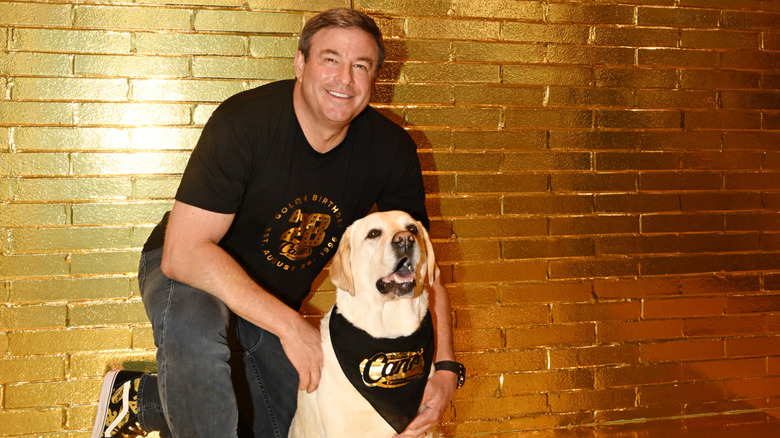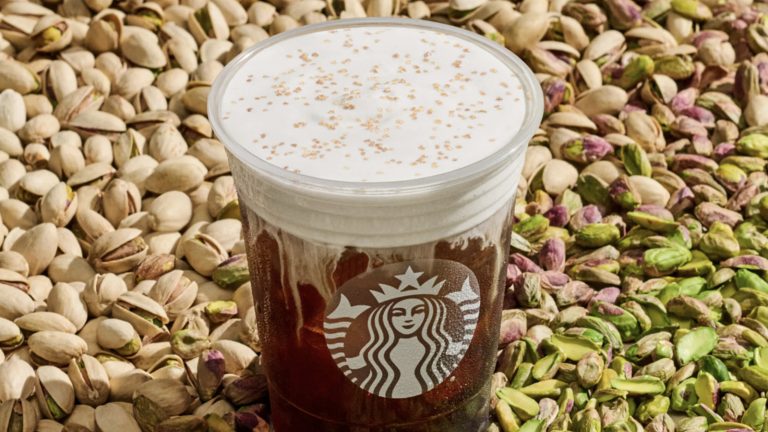There are countless chains that offer unique twists on tasty, breaded chicken. Even though Zaxby’s topped our ranking of fast food nuggets and tenders, Raising Cane’s is always a solid option. This could be thanks to the cut of chicken it uses for its tenders, its iconic sauce, or its widely recognized name.
In fact, it may be hard to believe that the chain almost went by a completely different name. Originally, Raising Cane’s was going to be called “Sockeye’s” after the popular species of salmon (not to be confused with the succulent king variety). Before opening Cane’s, founder Todd Graves spent a lot of time fishing for this type of salmon in Alaska, so much so that he considered naming his chicken restaurant after it. Graves was working as a fisherman in order to raise the money to open his restaurant on his own due to the fact that bankers kept rejecting his idea. However, he ultimately settled on the name Raising Cane’s thanks to the suggestion of a close friend.
How did Raising Cane’s get its name?
While the first Raising Cane’s location was being built, the restaurant was still set to be called “Sockeye’s Chicken Fingers.” However, one of Graves’ friends suggested calling it something else, instead naming it after his dog, Raising Cane. Not only would it be a loving tribute to the yellow Labrador Retriever, but it was also fitting since the dog was often present at the construction site.
The name stuck, and the chain has been called Raising Cane’s ever since. The original Lab has since passed away but still remains an important aspect of Cane’s legacy, with photos of the dog present outside of many of the chain’s restaurants. Since Cane I’s passing in 1998, there have been two more pups representing Raising Cane’s as friendly, adorable mascots (named Cane II and Cane III, obviously).
While the “Sockeye’s” label never stuck, the story of how salmon played a major role in the funding of Raising Cane’s has stuck around. Employees have even received sockeye salmon wall placards to commemorate five years of work experience as a clever nod to the chain’s origins.






